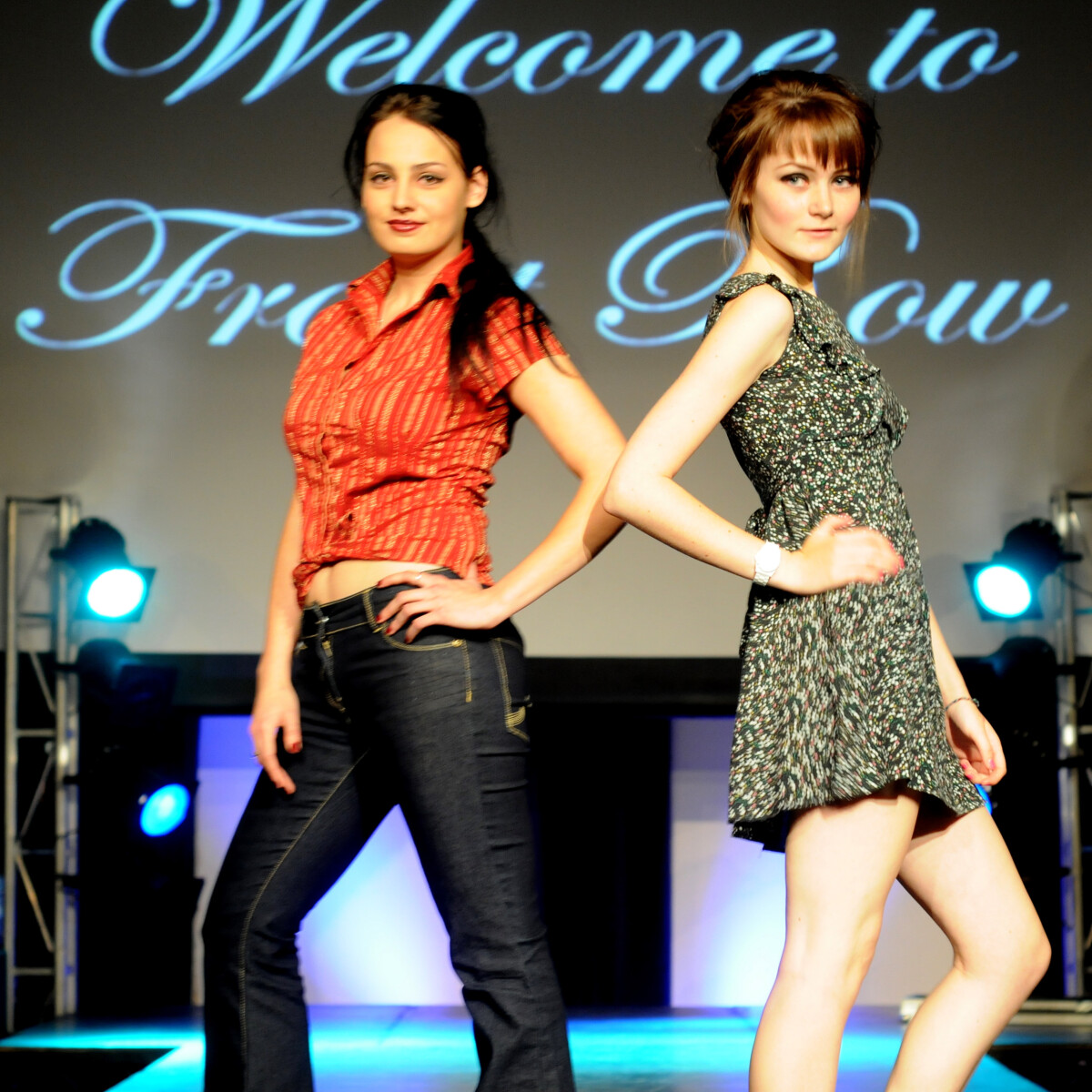The Rise of Sustainable Fashion

Over the past decade, the fashion industry has undergone a significant transformation, moving towards more sustainable practices. This shift is largely due to increased consumer awareness about the environmental impact of fast fashion. As a result, there’s a growing demand for eco-friendly materials that do not harm the planet. American farmers are stepping up to the plate, exploring innovative ways to produce sustainable materials that are both fashionable and environmentally friendly. The new generation of fashion enthusiasts is not just looking for style but also seeking materials that tell a story of responsibility and care for the Earth.
Hemp: The Comeback Crop

Hemp, once a staple crop in American agriculture, is making a notable comeback as a key player in sustainable fashion. With its ability to grow quickly and without the need for pesticides, hemp is an attractive option for eco-conscious designers. This versatile plant can be transformed into durable fabric that is breathable and biodegradable. Farmers across the United States are embracing hemp cultivation, recognizing its potential to revolutionize the fashion industry. By investing in hemp, farmers are not only contributing to sustainable fashion but also benefiting from a crop that can be used for a variety of purposes, from textiles to food products.
Regenerative Cotton: A New Approach

Traditional cotton farming is notorious for its high water consumption and reliance on chemical fertilizers. However, American farmers are pioneering a new approach with regenerative cotton. This method focuses on improving soil health and biodiversity, which in turn reduces the need for artificial inputs. Regenerative cotton farming practices include crop rotation, cover cropping, and reduced tillage. These techniques help sequester carbon in the soil, making it a more sustainable option compared to conventional methods. As more brands seek out regenerative cotton, farmers are finding new opportunities to contribute to a more sustainable fashion industry.
Bamboo: The Fast-Growing Alternative

Bamboo is gaining popularity as a sustainable alternative to traditional fabrics. Known for its rapid growth rate, bamboo can be harvested in three to five years, making it an efficient resource for textile production. American farmers are increasingly cultivating bamboo to meet the demands of the fashion industry. The resulting fabric is soft, durable, and naturally antibacterial, making it a popular choice for clothing and accessories. Bamboo also requires less water and energy to process, further enhancing its appeal as an eco-friendly material. As more consumers seek out bamboo-based products, farmers are poised to capitalize on this growing trend.
Wool: A Timeless Material with Modern Appeal

Wool has long been a staple in the fashion industry, valued for its warmth and versatility. However, American farmers are redefining wool’s role in sustainable fashion by focusing on ethical and environmentally friendly practices. By prioritizing animal welfare and land management, farmers are producing high-quality wool that aligns with modern sustainability standards. Additionally, wool is biodegradable and renewable, making it an ideal choice for eco-conscious consumers. As the demand for sustainable fashion materials continues to rise, wool remains a timeless option that seamlessly blends tradition with innovation.
Innovative Partnerships: Farmers and Fashion Brands

Collaboration between farmers and fashion brands is essential for driving the sustainable fashion movement forward. By working together, these two groups can develop innovative solutions that benefit both the environment and the economy. American farmers are partnering with designers and brands to create unique, sustainable materials that meet the demands of today’s fashion industry. These partnerships often involve research and development efforts aimed at improving the quality and sustainability of materials. As a result, consumers can enjoy stylish clothing that reflects their values and supports the livelihoods of farmers.
Challenges and Opportunities in Sustainable Fashion

While the push for sustainable fashion is gaining momentum, it is not without its challenges. American farmers must navigate a complex landscape of regulations, market demands, and environmental concerns. However, these challenges also present opportunities for innovation and growth. By embracing sustainable practices, farmers can position themselves as leaders in the fashion industry’s shift towards eco-friendly materials. Additionally, government incentives and consumer support can help mitigate some of the financial risks associated with transitioning to sustainable agriculture. As the industry evolves, American farmers are well-positioned to play a crucial role in shaping the future of fashion.
The Role of Technology in Sustainable Farming

Technological advancements are playing a pivotal role in the development of sustainable fashion materials. From precision agriculture to advanced textile processing techniques, technology is helping farmers optimize their production processes. For example, drones and sensors allow farmers to monitor crop health and soil conditions in real-time, enabling them to make data-driven decisions that enhance sustainability. Additionally, new fabric processing technologies are making it possible to create high-quality textiles from sustainable materials with minimal environmental impact. As technology continues to evolve, it will undoubtedly open up new possibilities for American farmers and the fashion industry alike.
Consumer Demand for Ethical Fashion

The rise of ethical fashion is driven by consumers who are increasingly mindful of the social and environmental implications of their purchases. This shift in consumer behavior is encouraging farmers and fashion brands to prioritize sustainability and transparency. By offering materials that are responsibly sourced and ethically produced, American farmers are tapping into a market of consumers who value integrity and authenticity. As awareness of the fashion industry’s impact on the planet grows, the demand for ethical fashion is expected to continue its upward trajectory, providing exciting opportunities for farmers and brands alike.
Looking to the Future: A Sustainable Fashion Industry

As we look to the future, it is clear that the fashion industry is on the cusp of a significant transformation. American farmers are at the forefront of this movement, playing a vital role in the development of sustainable materials that align with the values of today’s consumers. By adopting innovative practices and forging strategic partnerships, farmers are helping to create a fashion industry that is not only stylish but also sustainable. With continued commitment and collaboration, the future of fashion looks bright, offering a promising path forward for both the industry and the planet.





